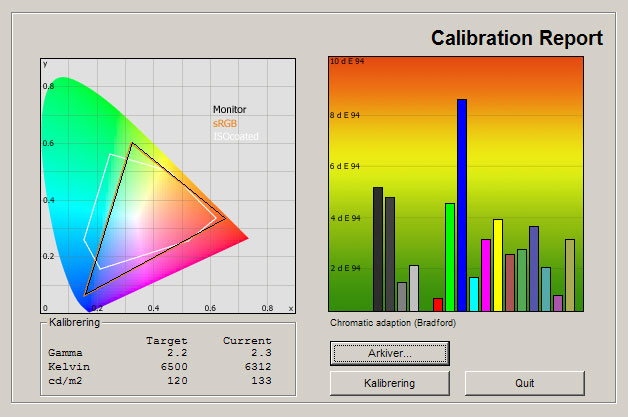-Γιώργος-
Supreme Member
Επειδή το νήμα του 2012 αργεί ακόμα, βάζω εδώ λίγες πληροφορίες για το νέο SoC που θα χρησιμοποιείται στα νέα μοντέλα της εταίριας:

Panasonic announced a system on chip (SoC) for the smart TV market that combines dual, 1.4GHz ARM Cortex-A9 cores with its own UniPhier media processor. The UniPhier MN2WS0220 is claimed to enable the display of two broadcast channels simultaneously with a third Internet stream, as well as reducing power consumption compared to previous UniPhier offerings.
The dual-core, 1.4GHz UniPhier MN2WS0220 SoC "will open the way for a new generation of smart TVs that allow users to simultaneously enjoy two TV broadcasting channels, as well as Internet-based content and applications in high-resolution at the same time," says Panasonic. Presumably the first TVs to use the SoC will be built by Panasonic itself for sale under its various brands.
The MN2WS0220 is touted as seamlessly integrating graphics and HD video. The SoC can also reduce power consumption in smart TVs (also known as IPTVs) by reducing the number of components, says Panasonic. The SoC uses up to 40 percent less electricity than previous-generation UniPhier SoCs, claims the company.
The new MN2WS0220 SoC, or LSI (large scale integration), as Panasonic dubs it, combines two 1.4GHz Cortex-A9 cores with the latest version of its UniPhier media processors, which are primarily used in Panasonic TVs and Blu-ray devices, but can also be found in mobile devices and other equipment. The UniPhier processor integrates video and audio codecs with TV signal processing, says the company. UniPhier also defines an integrated platform for sharing media and information across different UniPhier-based devices.
Panasonic offered relatively few details on the processor except to say that it adopts a new architecture that integrates the UniPhier processor with the Cortex-A9 cores, as well as a "high-performance 3D graphics circuit." Also included is an allotment of high-capacity cache memory, says Panasonic. The architecture enables parallel, simultaneous operation of all these components, says the company.
http://www.linuxfordevices.com/c/a/News/Panasonic-UniPhier-MN2WS0220-/
http://panasonic.co.jp/corp/news/official.data/data.dir/en110607-2/en110607-2.html

Panasonic announced a system on chip (SoC) for the smart TV market that combines dual, 1.4GHz ARM Cortex-A9 cores with its own UniPhier media processor. The UniPhier MN2WS0220 is claimed to enable the display of two broadcast channels simultaneously with a third Internet stream, as well as reducing power consumption compared to previous UniPhier offerings.
The dual-core, 1.4GHz UniPhier MN2WS0220 SoC "will open the way for a new generation of smart TVs that allow users to simultaneously enjoy two TV broadcasting channels, as well as Internet-based content and applications in high-resolution at the same time," says Panasonic. Presumably the first TVs to use the SoC will be built by Panasonic itself for sale under its various brands.
The MN2WS0220 is touted as seamlessly integrating graphics and HD video. The SoC can also reduce power consumption in smart TVs (also known as IPTVs) by reducing the number of components, says Panasonic. The SoC uses up to 40 percent less electricity than previous-generation UniPhier SoCs, claims the company.
The new MN2WS0220 SoC, or LSI (large scale integration), as Panasonic dubs it, combines two 1.4GHz Cortex-A9 cores with the latest version of its UniPhier media processors, which are primarily used in Panasonic TVs and Blu-ray devices, but can also be found in mobile devices and other equipment. The UniPhier processor integrates video and audio codecs with TV signal processing, says the company. UniPhier also defines an integrated platform for sharing media and information across different UniPhier-based devices.
Panasonic offered relatively few details on the processor except to say that it adopts a new architecture that integrates the UniPhier processor with the Cortex-A9 cores, as well as a "high-performance 3D graphics circuit." Also included is an allotment of high-capacity cache memory, says Panasonic. The architecture enables parallel, simultaneous operation of all these components, says the company.
http://www.linuxfordevices.com/c/a/News/Panasonic-UniPhier-MN2WS0220-/
http://panasonic.co.jp/corp/news/official.data/data.dir/en110607-2/en110607-2.html





